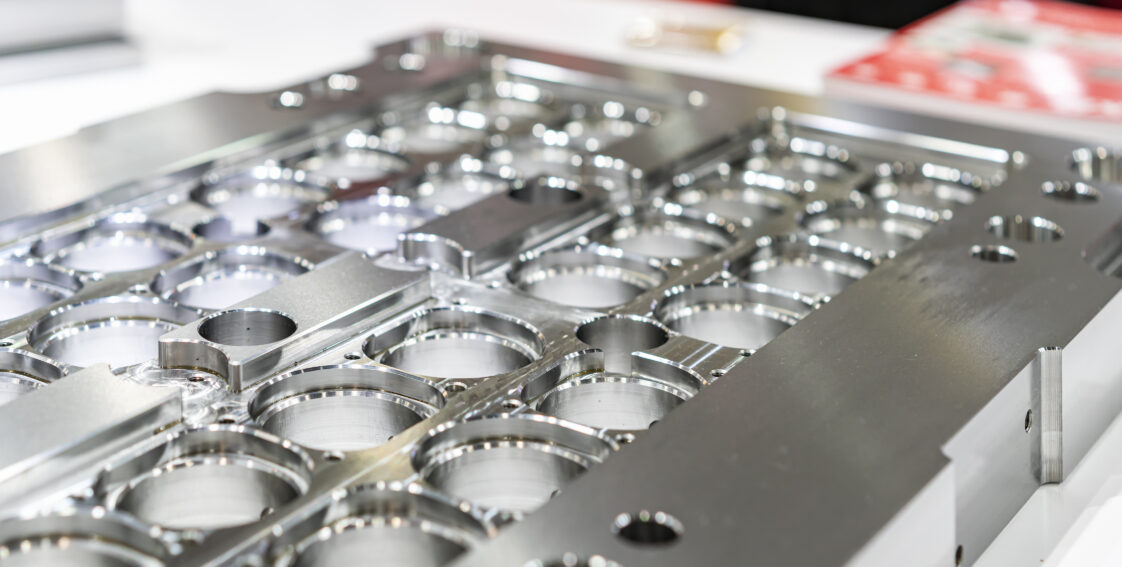
Plastic Injection Molding Process
Although Charles Goodyear is primarily famous for creating the first automobile tires, his experimentation with improving rubber properties isn’t so well-known. In fact, Goodyear spent a lot of time in his laboratory trying to create a more elastic, flexible rubber that would be easier to work with. During the middle 1800s, he discovered that adding sulfur to natural rubber increased its elasticity and durability. This type of vulcanized rubber is still used by plastic injection manufacturing facilities today and has dramatically contributed to the amazing evolution of the plastic injection molding process.
What is Plastic Injection Molding?
By injecting molten plastic into specifically designed molds, plastic injection machines are capable of producing thousands of plastic products quickly and efficiently. While the mechanics of making components using plastic injection molding technology is relatively straightforward, the science involved with developing precisely configured molds and using correctly mixed materials demands experience, knowledge, and insight into computer-aided design.
Modern plastic injection molding machines typically require one or two operators to ensure machines are sufficiently supplied with plastic material. Following injection of material into the mold, the mold closes and cools. The plastic injection molding process is completed when the finished product is ejected from the mold into a bin or other type of container designed to safely accept and hold the product for future packaging.
Plastic Injection Molding Applications
By the 1970s, the production of plastic items had exceeded the production of steel items. Within 20 years, the invention of aluminum molds would make plastic injection molding one of the fastest, most affordable methods of mass-producing everything from toys to microwaveable dishware to state-of-the-art computer components. Computer-aided design (CAD) programs are now utilized to create molds that incorporate various data such as potential warpage, shrinkage, and color distortion.
The plastic injection molding process is used to produce the following:
- Beverage bottles and baby bottles
- Housings for computers, medical equipment, electronic components, TVs and many other items
- Agricultural equipment (tractors and combine elements, silos, pole barns)
- Everyday household items (dishware, cooking utensils, food containers, outdoor furniture, toilet seats)
- Automotive components (dashboards, bumpers, seatbelts, door covers, etc)
- Healthcare industry tools and equipment
- Aerospace and NASA vehicles, equipment and components
According to manufacturing research, the worldwide plastic injection molding market is expected to exceed $10 billion within the next five years. The auto industry will continue to represent the biggest end-use receiver of equipment and parts made by plastic injection molding machines. The second-largest end-user will be the healthcare industry primarily due to the ongoing COVID-19 pandemic.
The Various Types of Processes for Injection Molds
Different products require different types of plastic injection mold processes. For example, insert molding involves molding material around a preformed insert to manufacture an item that consolidates multiple materials. Inserts incorporate metallic parts meant to strengthen the mechanical qualities of the item. Insert molding eliminates the requirement for some parts to have another (secondary) insert installed for additional reinforcement. Getting rid of a secondary installation significantly reduces overall costs to make the product.
Other types of processes include:
Low-pressure molding: uses only low viscosity, thermoplastic materials that facilitate encapsulation and overmolding of delicate assemblies. Low-pressure molding is excellent for sealing circuit boards against humidity and dust.
Micro Molding: an advanced plastic injection molding technology used to produce products with nano/micro features, micro molding is used to manufacture high-tech sensors, electronics, and biomedical equipment and devices.
Rubber injection molding: this process involves the use of casting resins, uncured rubber, or varieties of industrial polymers to make products that may later be modified according to specifications. Rubber injection molding machines are low maintenance and produce high-quality parts quickly and economically.
Thin wall molding: thin wall molds are capable of mass-producing items that are lightweight and thin but strong and durable. Benefits of thin wall molding include faster production times and reduced cost of materials.
Global Design and Development for Your Plastic Injection Molding
With over 25 years of experience in the plastic injection molding industry, Global Design and Development has earned a stellar reputation for delivering exceptional products at competitive rates. We offer in-house tool and product design services, product modifications, injection molding, and many more processes. Contact us today to learn what we can do for your company!
